Why be consistent
Consistency throughout the hiring process can save time, make it easier to assess and compare candidates and it can facilitate fair hiring.
Without consistency there is not a level playing field on which to assess and compare candidates. During assessments and interviews, candidates may not be given the same information, opportunities or time as others to speak and demonstrate their abilities. Consistency is not just to make better decisions, but also to ensure hiring is fair and unbiased.
With more reliance on gut instinct, or guessing, instead of using a standardised framework for assessing candidates and using that data to make more informed decisions, there are more opportunities for bias to creep in.
Inconsistency in delivery can also make scoring candidates difficult and leaves hiring managers not knowing who is right for the role or who to hire. This costs companies both time and money, with some estimates ranging from $15,000 to $240,000 or roughly 30% of an employee’s annual salary if the wrong person for the role is hired.
Communication
Throughout the hiring process communication from company to prospective employees is instrumental in how that company is perceived as a potential place to work. This is also true of communication between hiring managers, interviewers, assessors and other stakeholders within the business in order to ensure that everyone is aligned with the desired outcomes, the delivery and the messaging being used.
If companies have a consistent process in place they can be more open and transparent in their communication on what they are looking for and how they assess candidates when hiring for a role, saving time for both sides. Candidates can deselect roles and hiring managers have a clear understanding of what good looks like.
Structured processes
It is easier to instil consistency when there is a structured process to follow. Informal ways of hiring are very difficult to replicate across different candidates and via multiple interviewers, which means they are difficult to manage or control and do not scale well.
For assessments and interviews, frameworks help to create structure with which to assess candidates. Proper interview or assessment frameworks provide standardised questions, exercises and scoring criteria for roles and levels so that each candidate is being measured on a level playing field.
By providing the same materials or information and sticking to a structure and specific timings, each candidate is receiving a similar experience, is answering the same questions and has the same information at their disposal. Only then can proper comparisons be drawn between candidates to determine the best performers.
Structure makes it easier to remain consistent and allows decisions to be more objective, rather than subjective, which results in the candidates who are most suitable for the role being hired.
Technology to be consistent
Using technology as part of the recruitment process is not necessarily a silver bullet for hiring, there will always be some extra admin effort to ensure it performs correctly and to get the most out of it, but the benefits far outweigh the time and financial cost.
Materials, processes and campaigns are easy to replicate, reducing setup time and creating standardised processes. Collaborative hiring is possible through greater transparency across hiring teams and managing a structured process requires less effort than mainly manual solutions. Technology allows companies to scale their hiring process easily whilst maintaining consistency and fairness throughout.
Before deciding to use technology however, it is important to assess the requirements within the business and choose the solution that best meets them. Thankfully there are a multitude of companies across the whole hiring process, focusing on every aspect from attraction through to assessment and selection, to choose from.
Evidenced based hiring
Gathering candidate performance data whilst assessing and interviewing has been made easier with the use of technology during the hiring process. This allows for more informed decision making, using evidence to differentiate between candidates, rather than relying solely on the interviewer or assessor’s discretion.
This is only viable with a consistent process in place, that is being delivered in the same way for all candidates, without this, the data or evidence is not as reliable. If the framework and structure is applicable and suitable for the role being hired for, then the candidates that score the highest should be the top performers. This takes the guesswork out of hiring decisions, resulting in a fairer process whilst surfacing the most suitable candidates for the job.
Inconsistency in hiring can lead to the wrong people being hired and ultimately costs companies time and money. By ensuring some level of consistency in the process, companies can save time and money as well as making it easier to hire the best candidates for the role.


